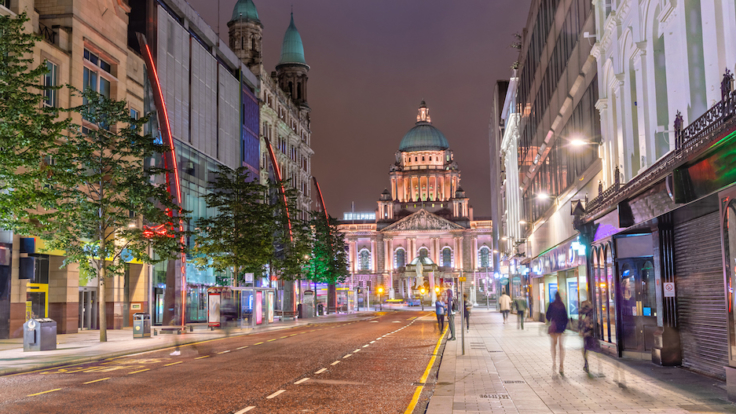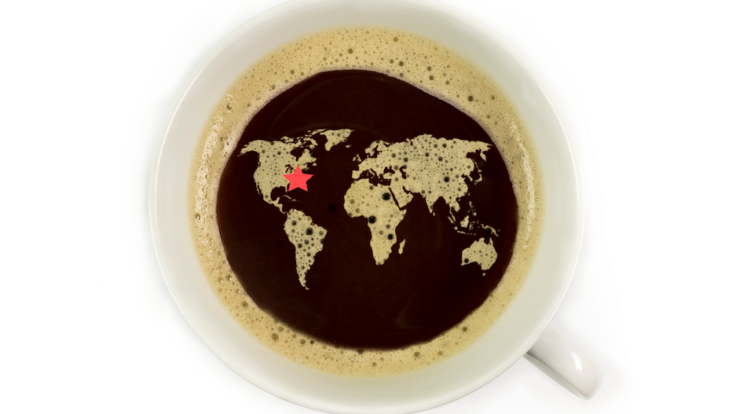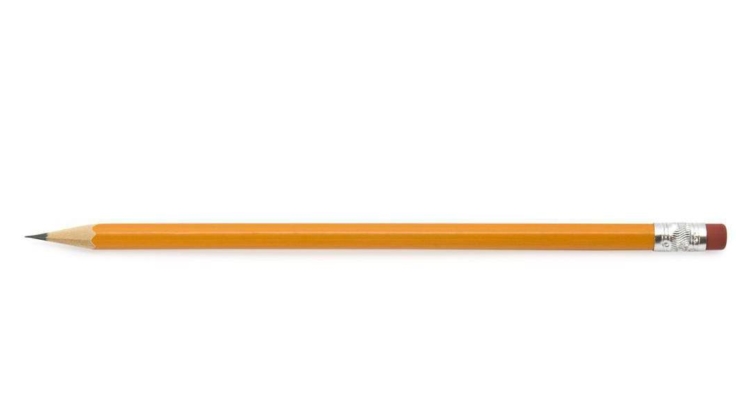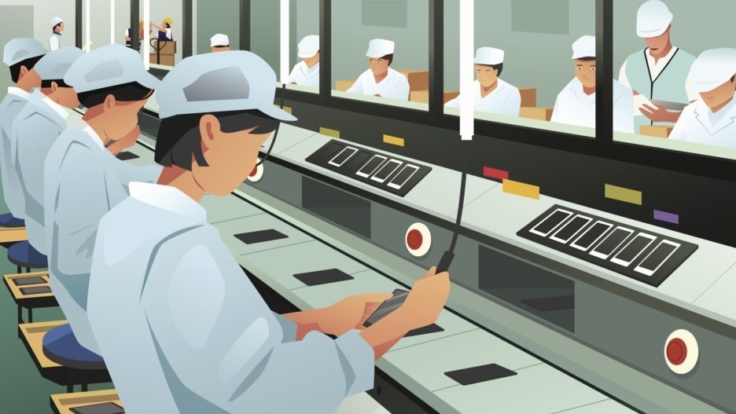Wooden Skyscrapers Push Trade in Cross-Laminated Timber to New Heights
Cross Laminated Timber is the basis of the “tall wood” buildings movement. CLT construction is a growing global market. Cross-laminated timber provides many possible benefits, including reduced costs, rural employment, strength, fire-resistance, beauty and a sense of being closer to nature.










